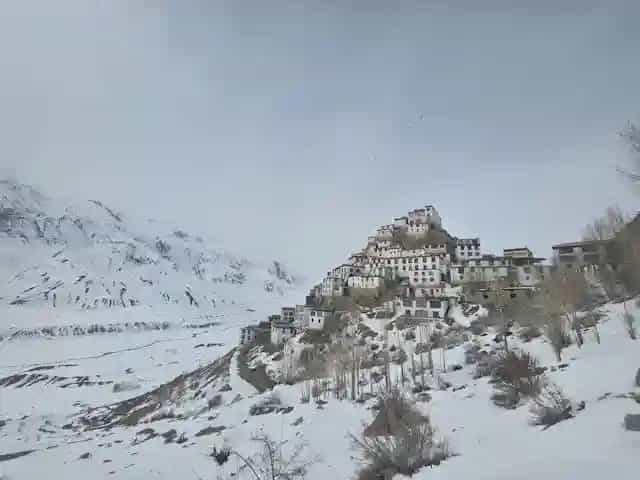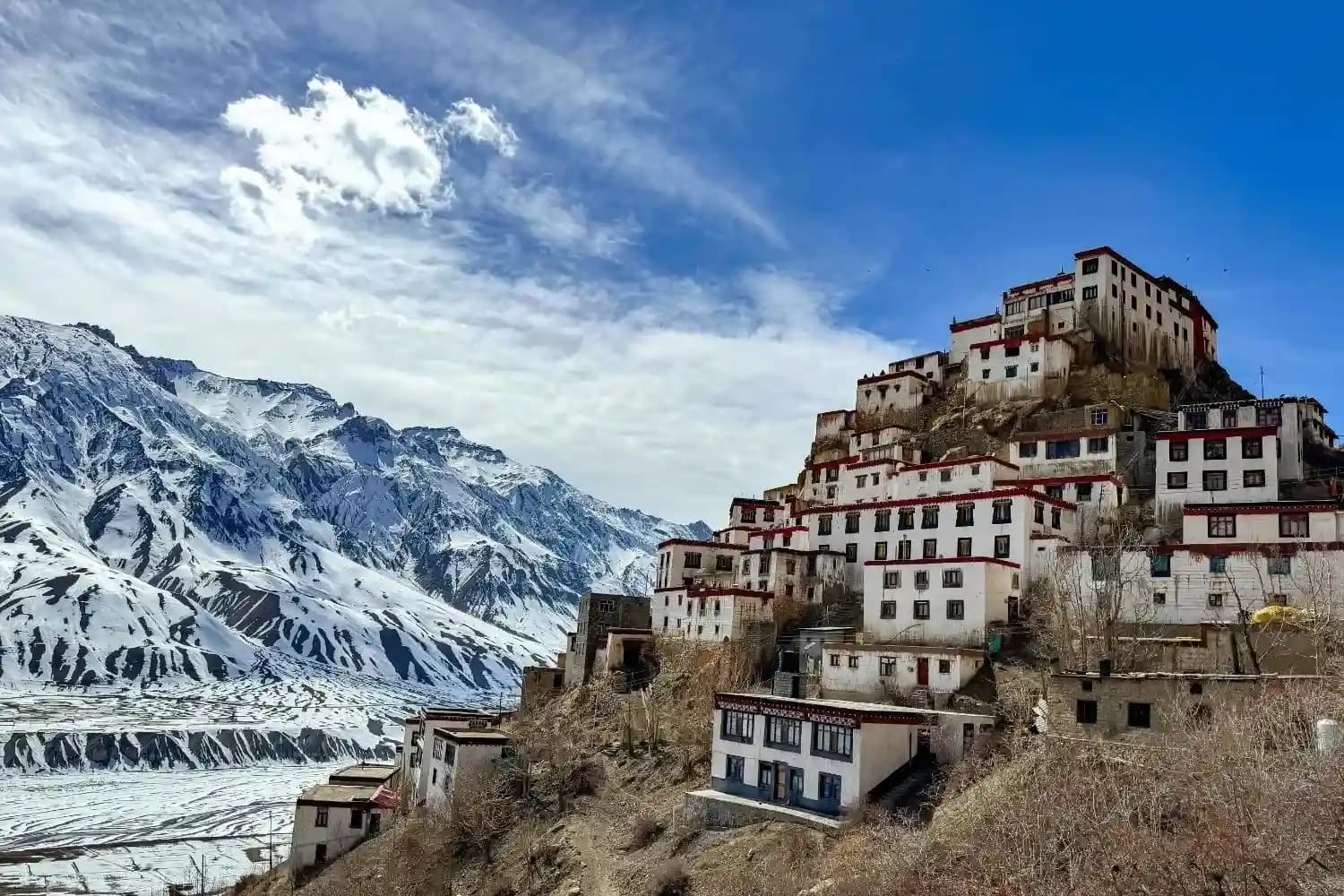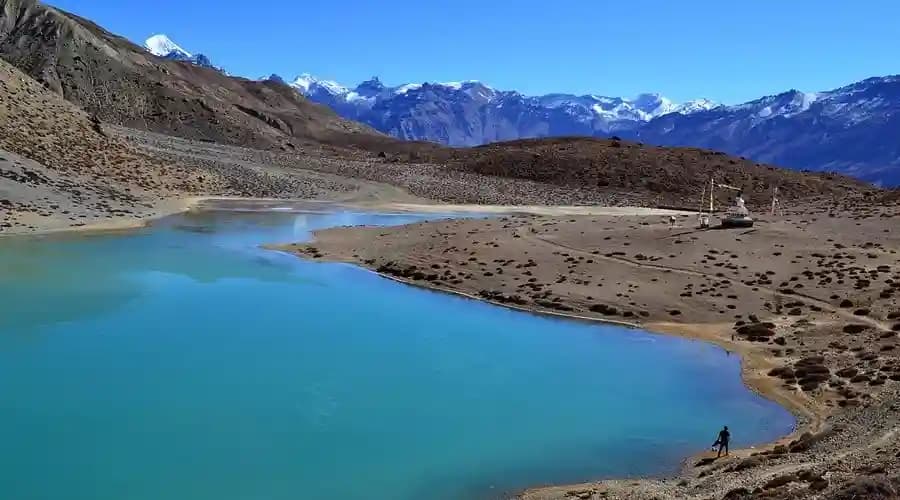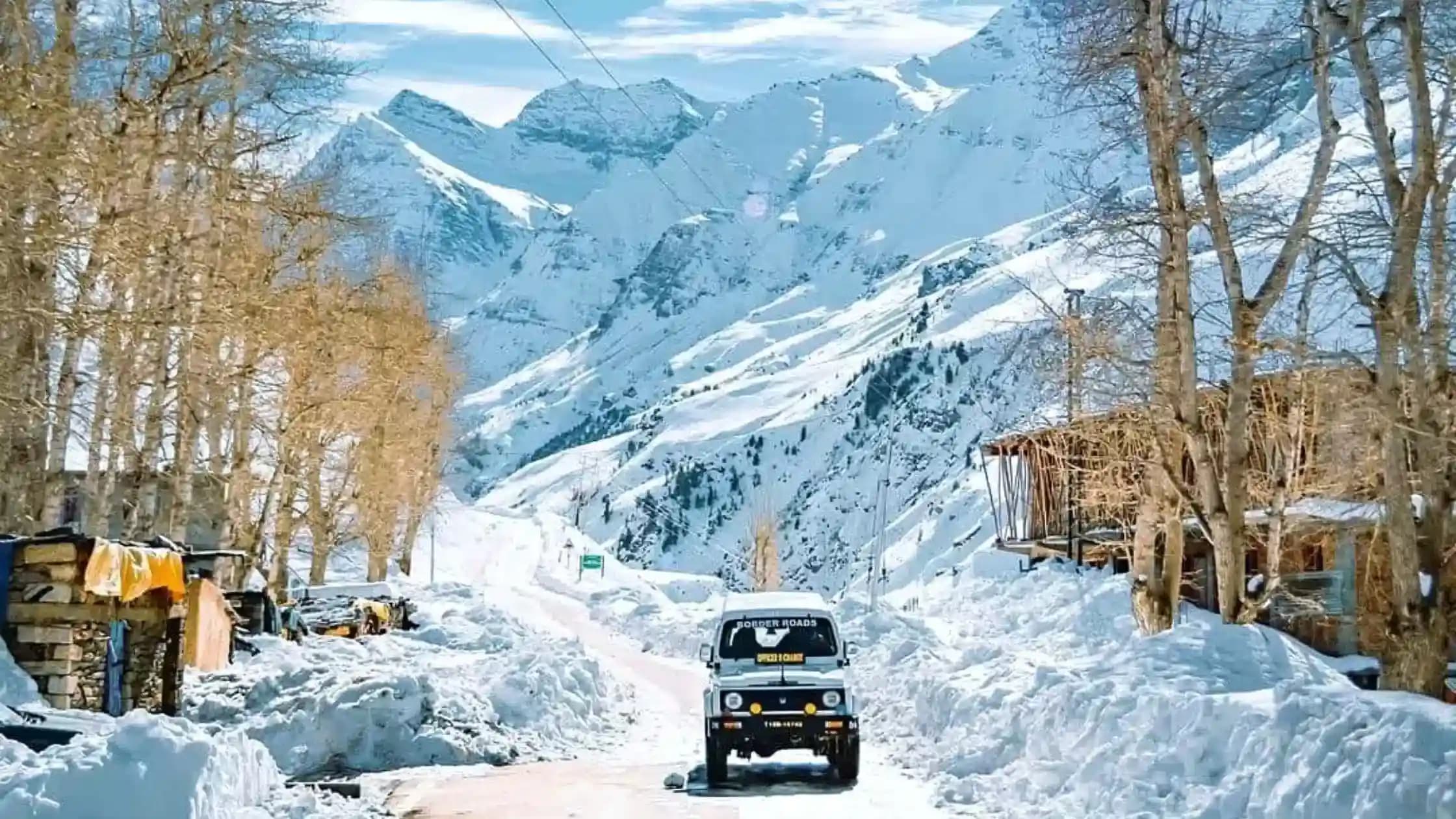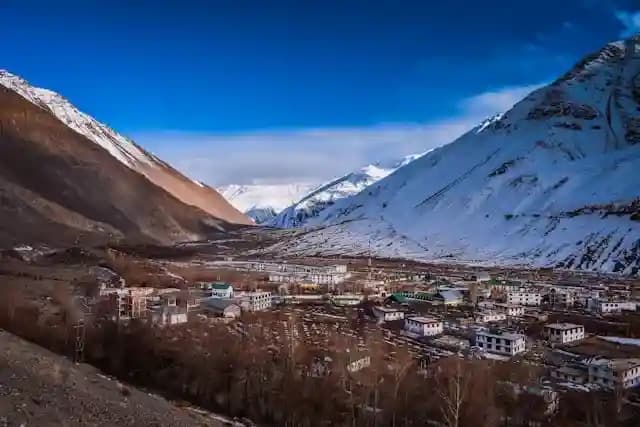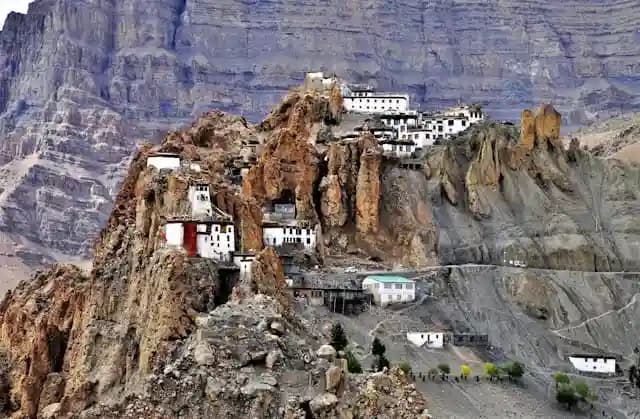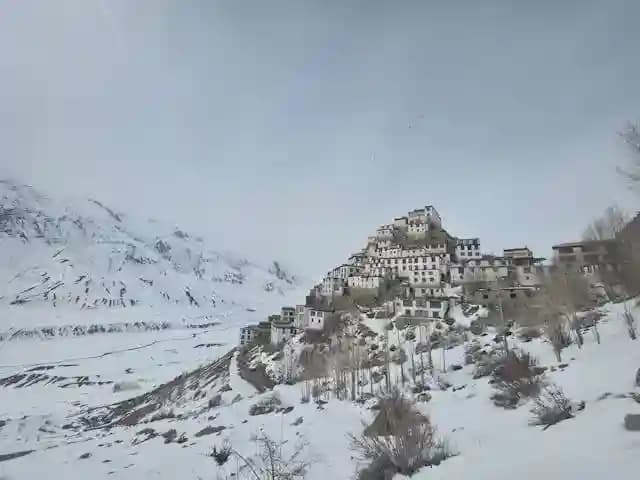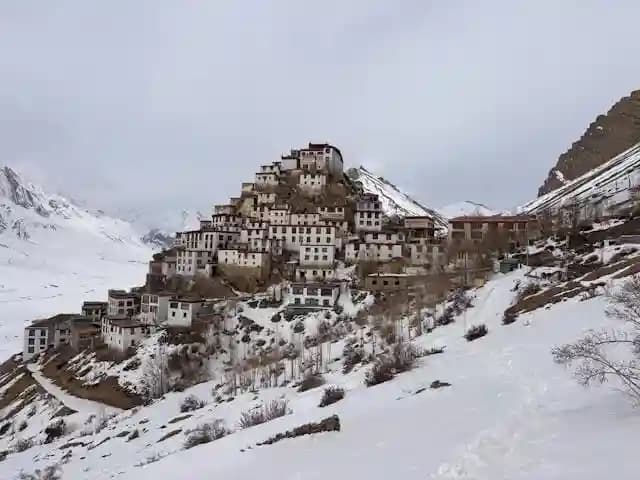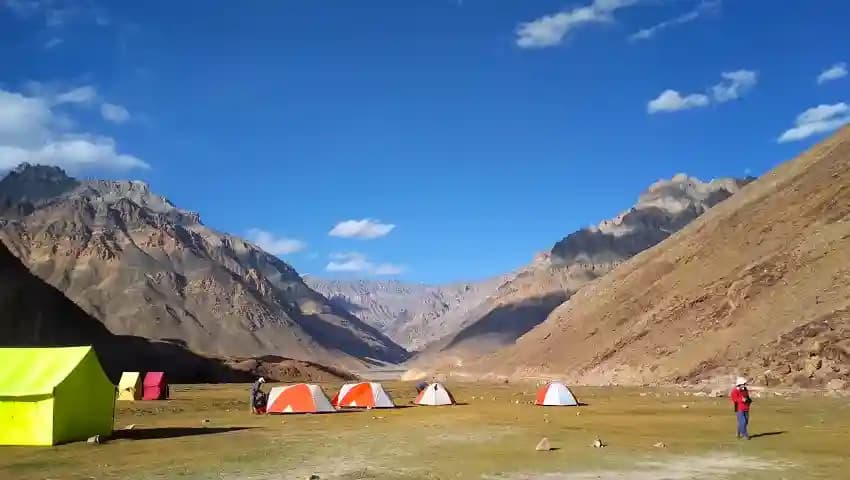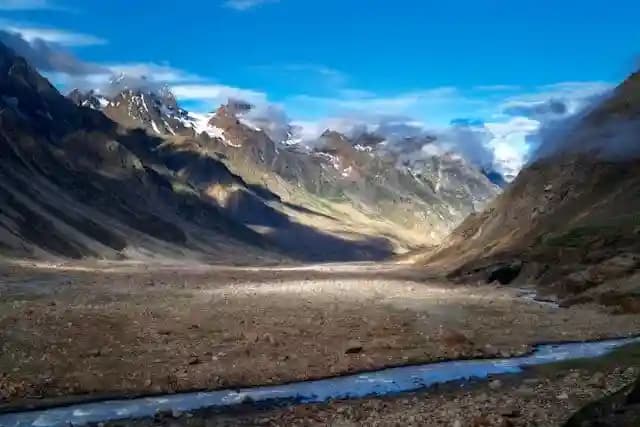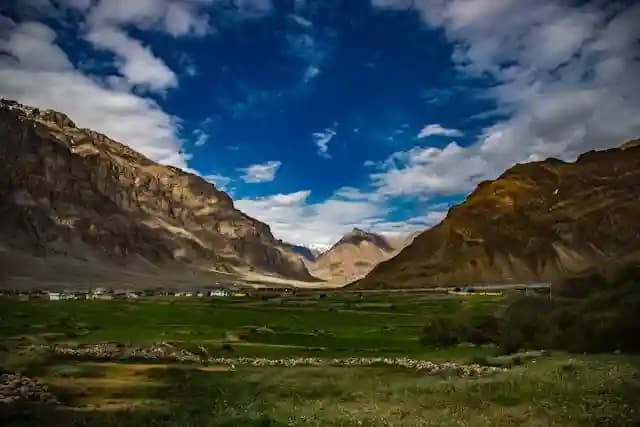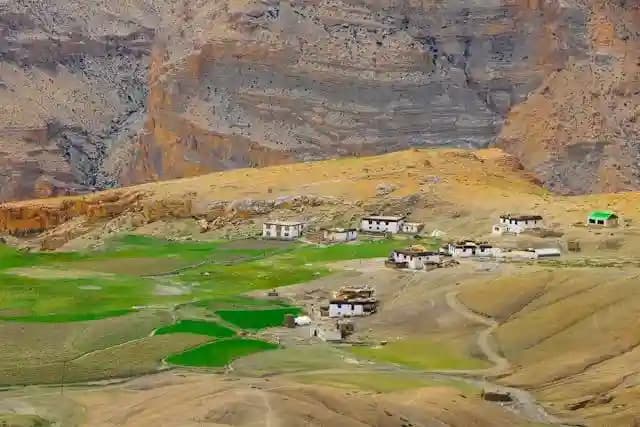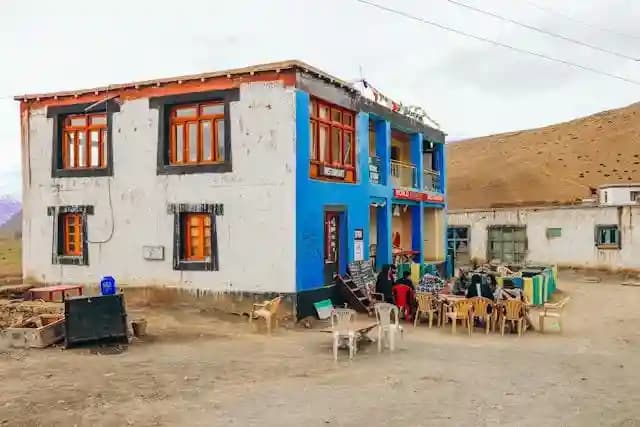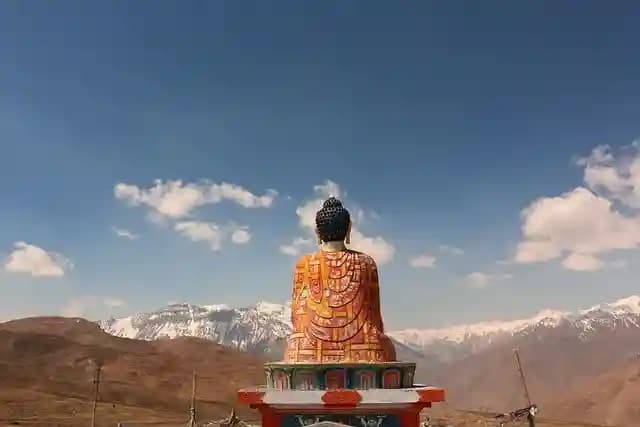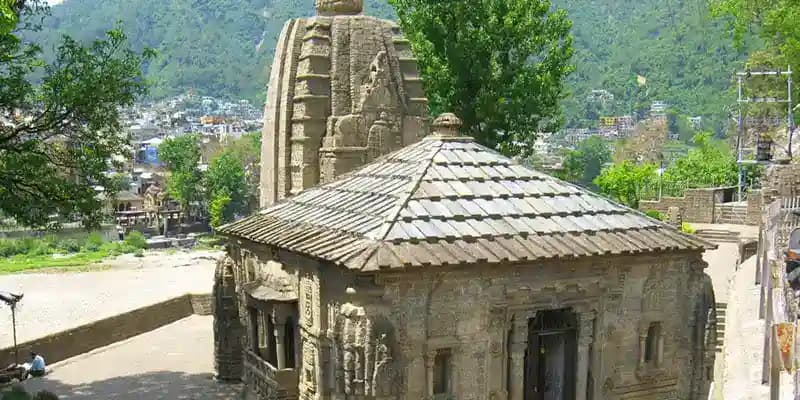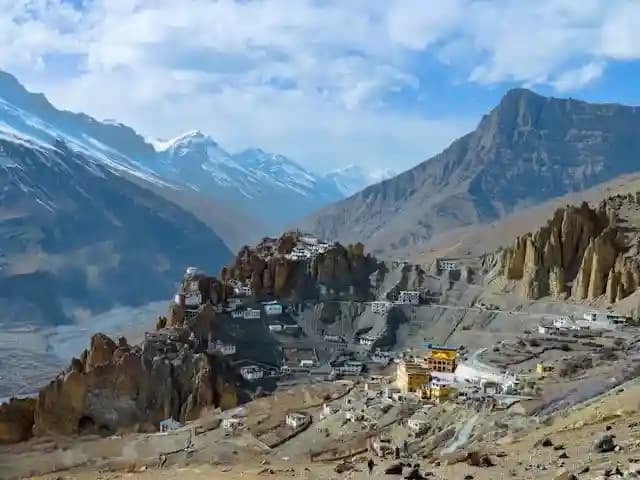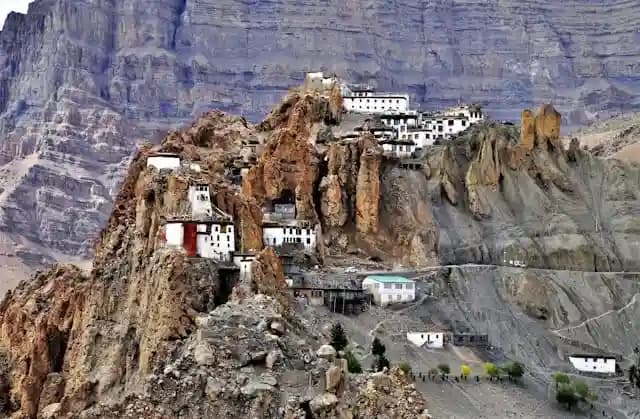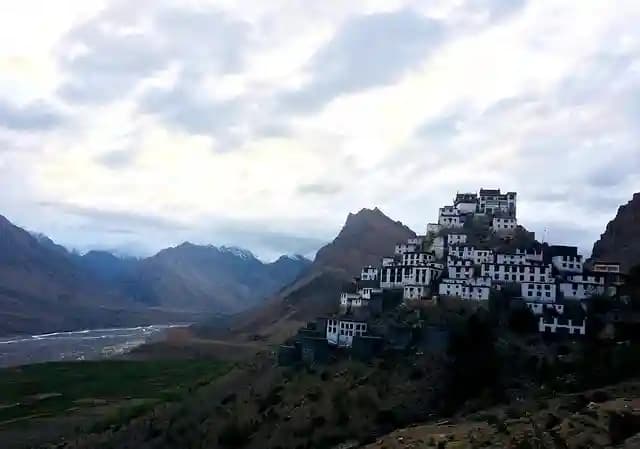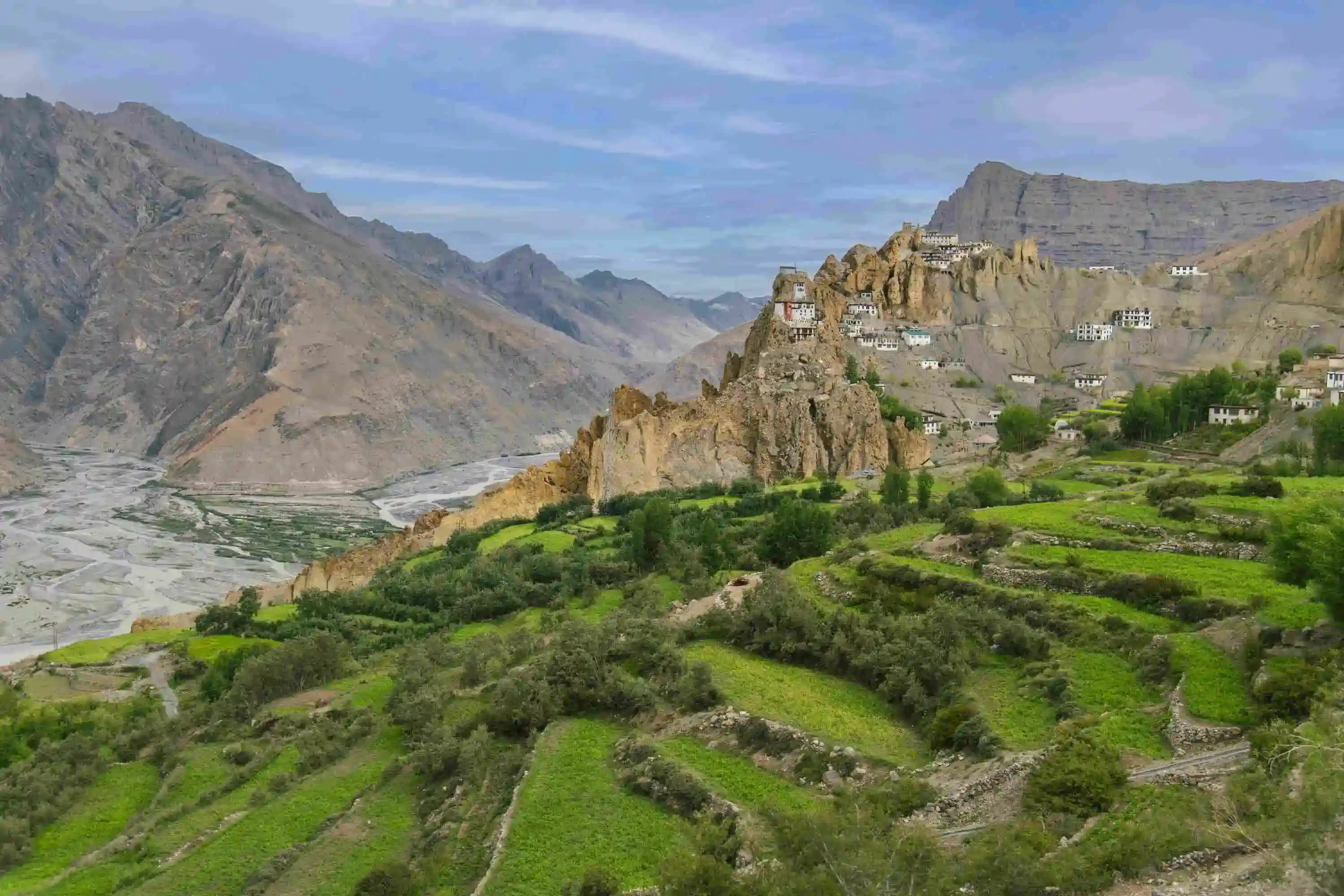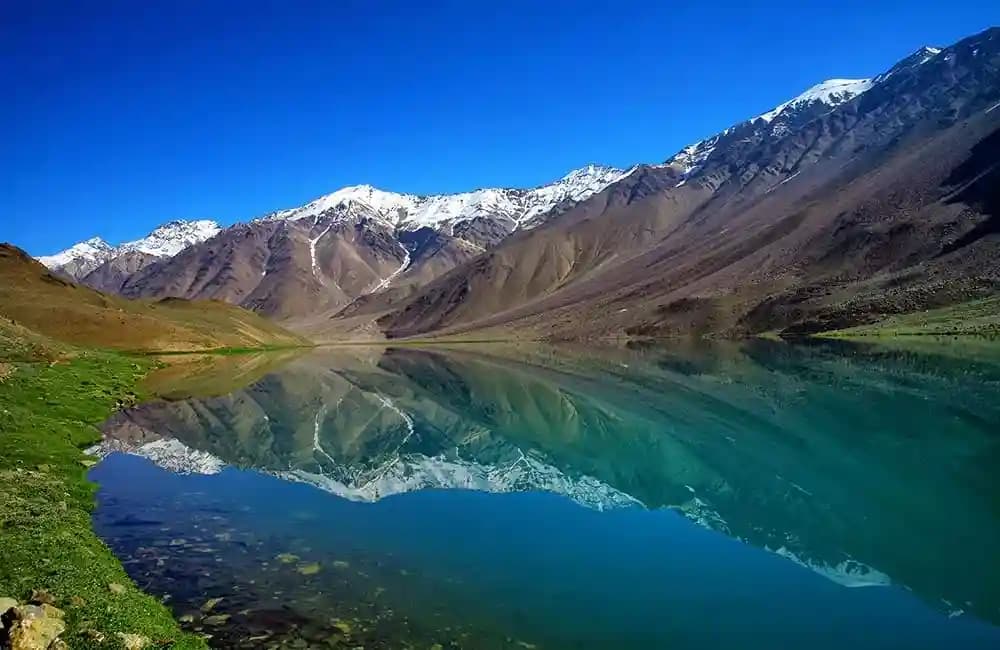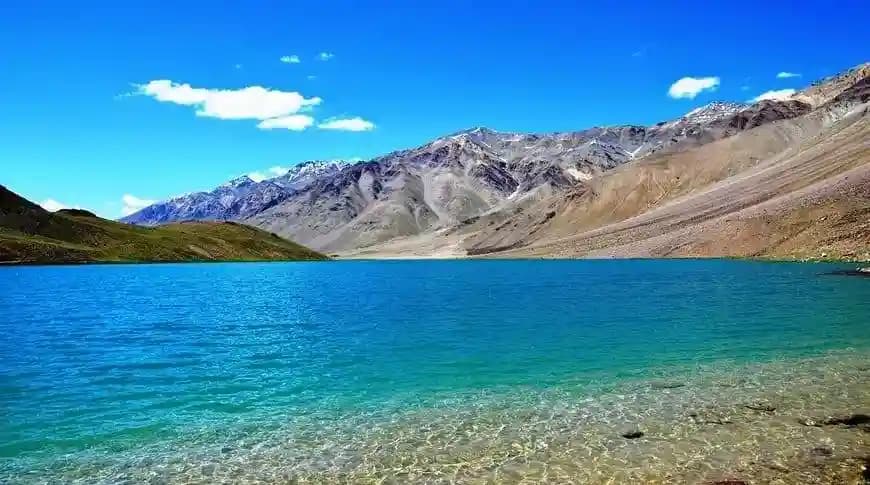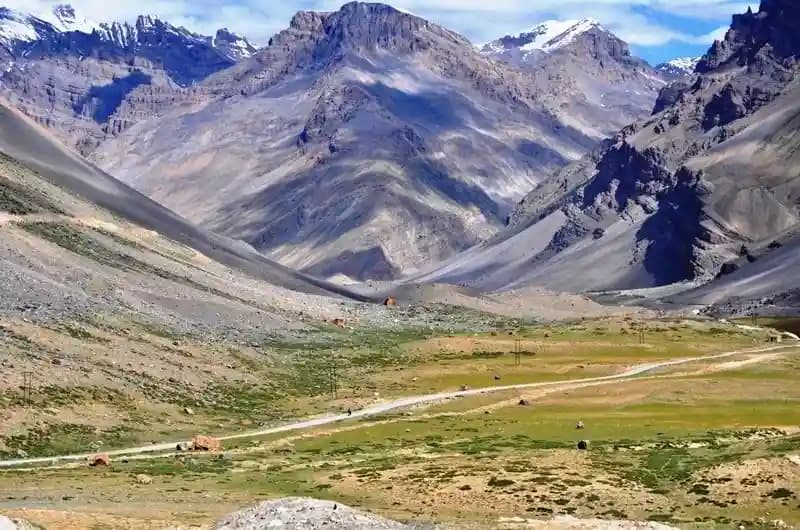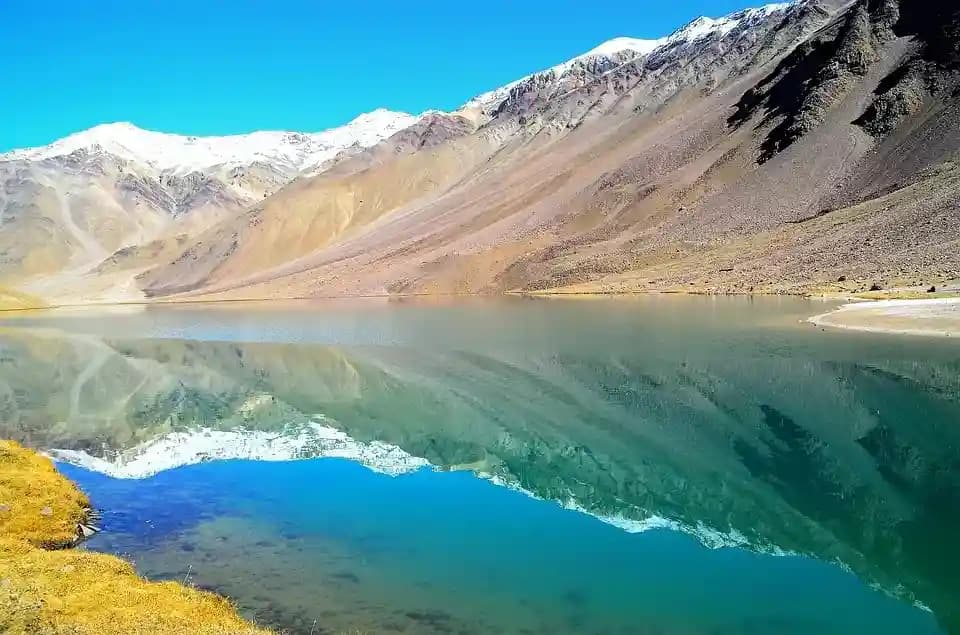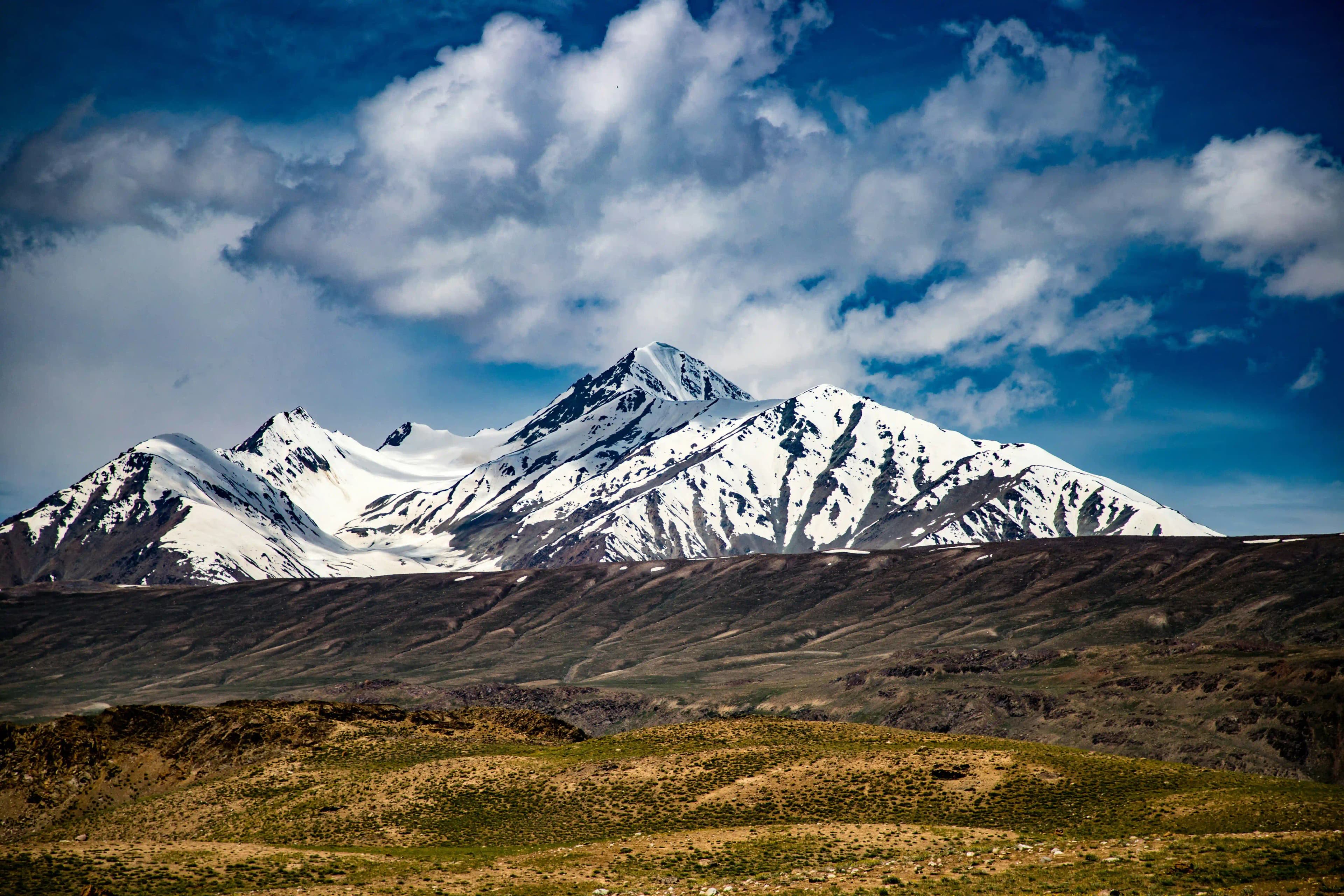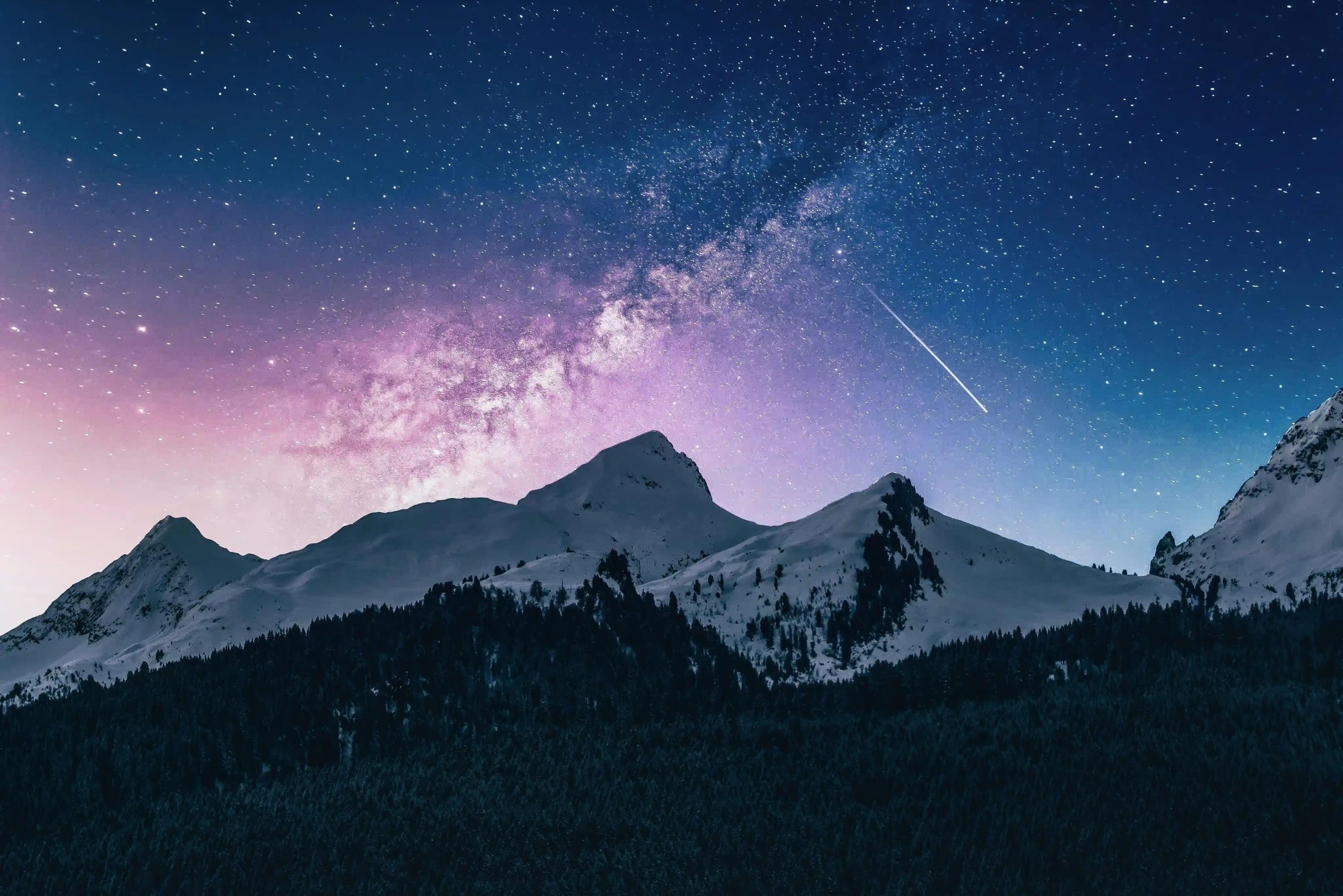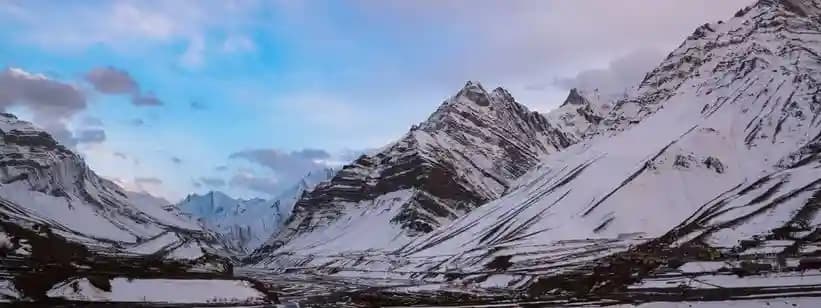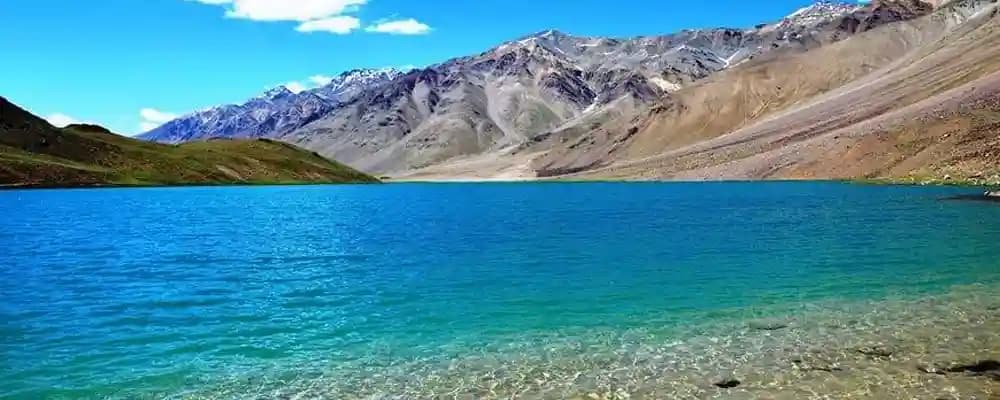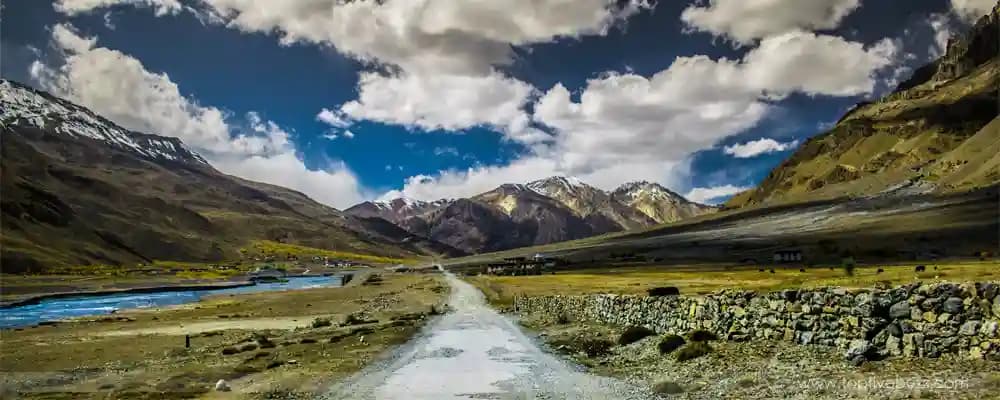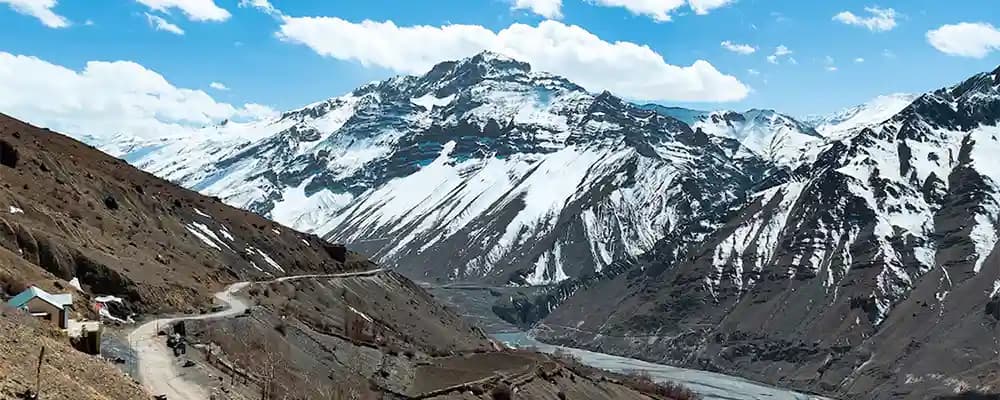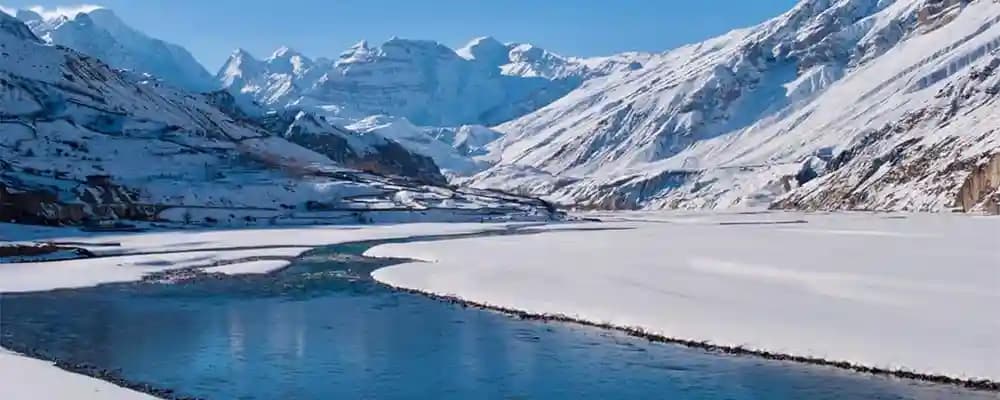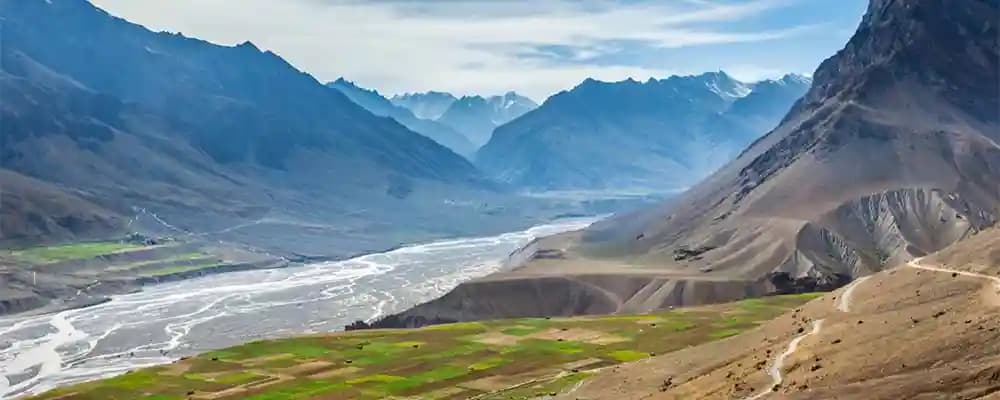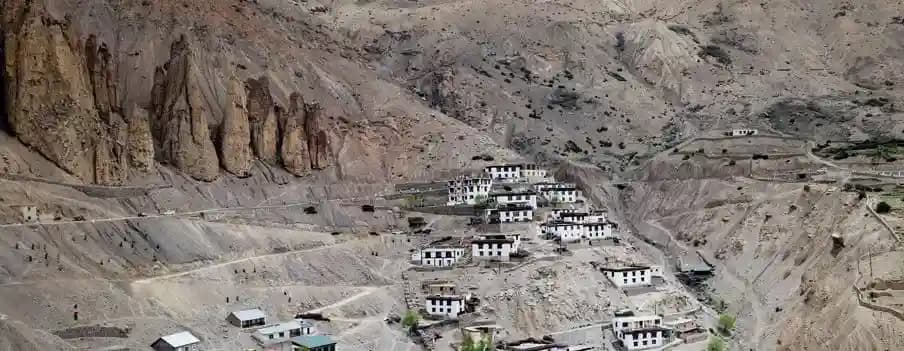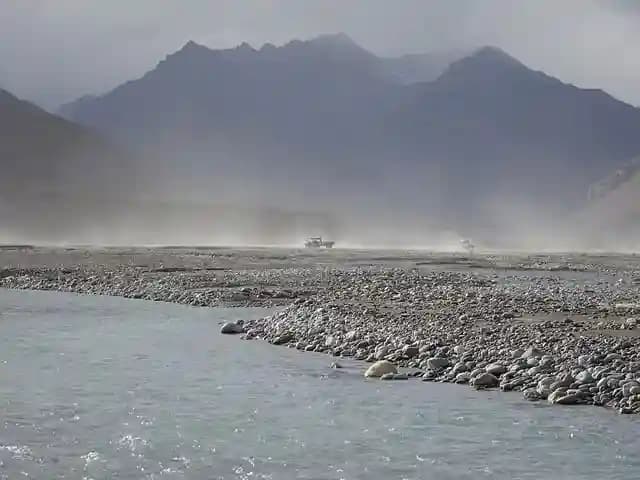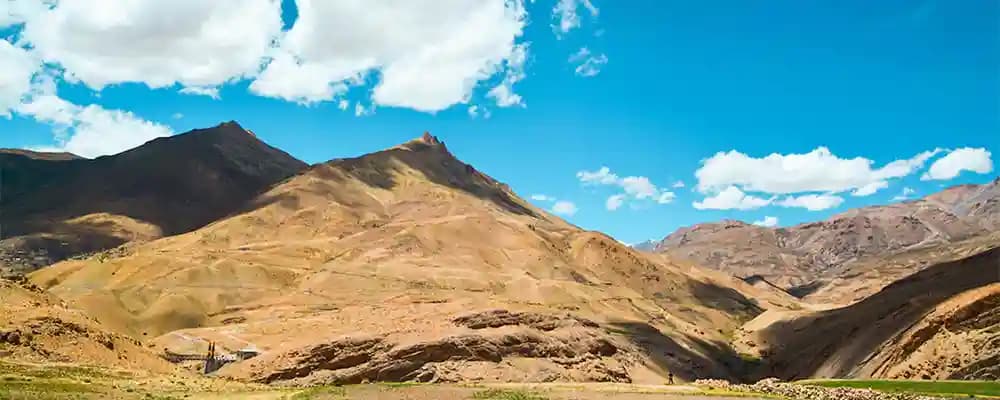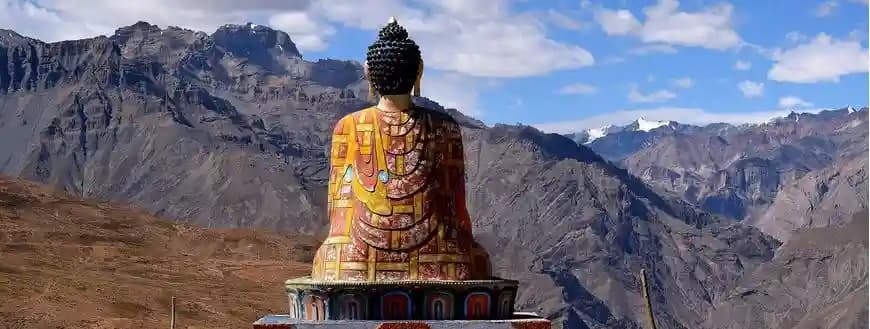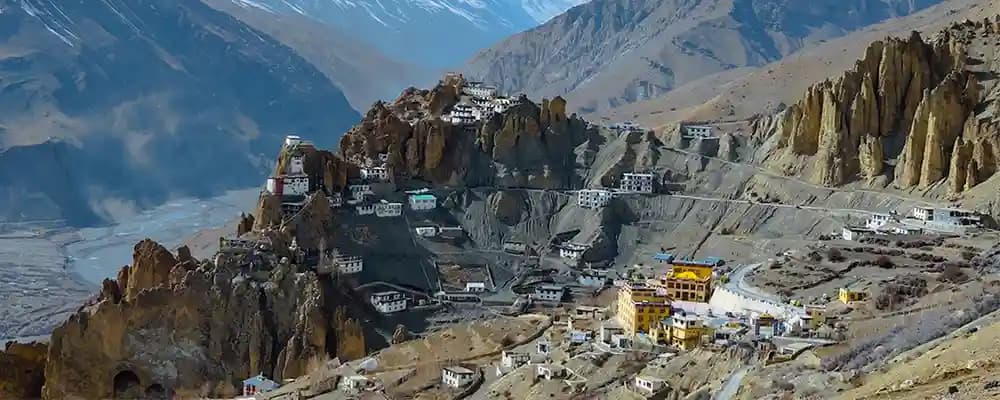Wondering which tourist attraction in India feels like a whole new world? It's none other than the beautiful Spiti Valley. Spiti Valley cold desert is located at a high altitude, between the Greater Himalayas and Tibet, with the air being thin, the skies being crystal clear, and the mountains being silent as ancient guardians. The landscape here looks rugged but beautiful. The deep gorges, frozen streams, mountain passes, and villages that look like tiny white dots set against brown mountains are sure to take your breath away. Recently, Spiti Valley in Himachal Pradesh has made history by being the first High-Altitude Cold Desert Biosphere Reserve under UNESCO’s Man and the Biosphere Programme. So plan a trip to Spiti Valley with the best Spiti Valley Tour Packages and get ready for an experience that you won't forget ever!
Spiti Valley Becomes India’s First Cold Desert Biosphere Reserve
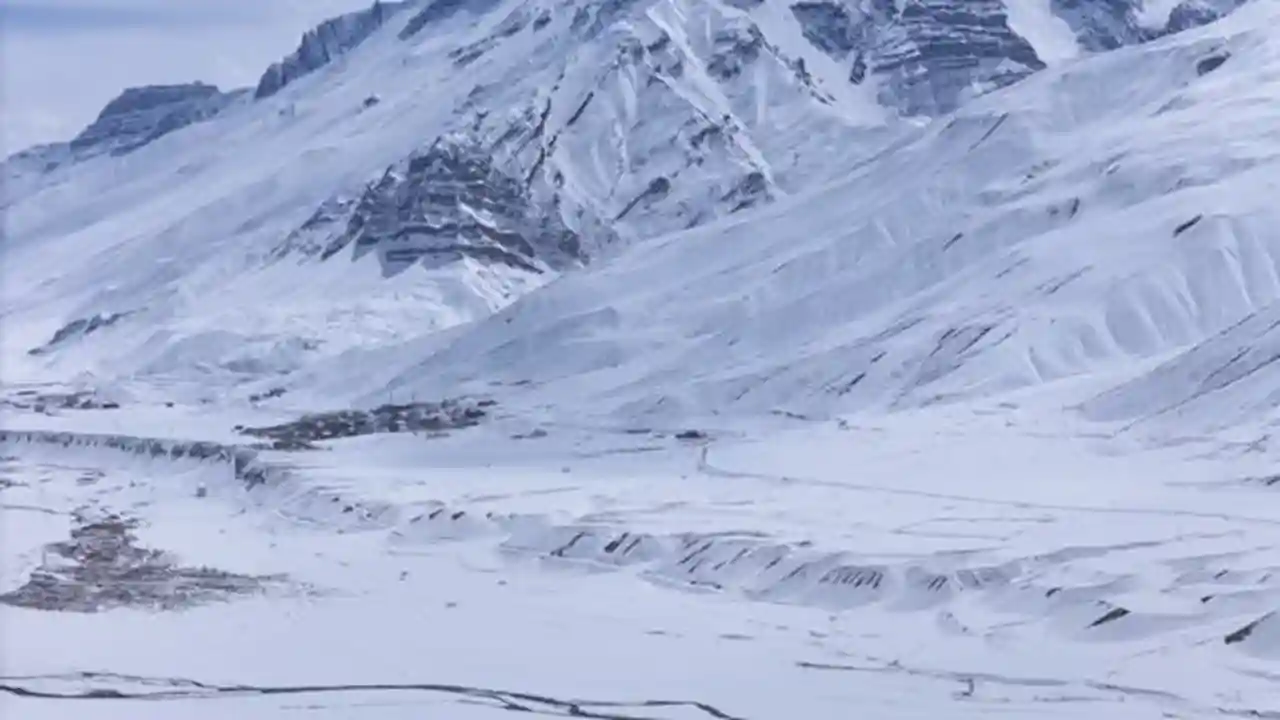
Spiti Valley Cold Desert in Himachal Pradesh is India’s first cold desert biosphere reserve under UNESCO’s Man and the Biosphere Programme. This was announced in the 37th ICC meeting in Hangzhou, China (September 26-28, 2025). Such a recognition places Spiti Valley cold desert to be one of the most preserved landscapes in the world with it being one of the 13 biosphere reserves from India included in UNESCO’s global network.
This is really important since the beautiful and sensitive nature of the Spiti cold desert region, climatic extremes and rare biodiversity should be preserved. In winter, the Spiti Valley cold desert temperature can reach as low as–25°C, which supports the local wildlife such as snow leopards and high altitude plants. The officials pointed out that the Spiti Valley cold desert biosphere reserve status enhances conservation, research, and eco-tourism opportunities. With this being a hot topic, tourists will find Spiti Valley cold desert not only a beautiful place but also a safe cold desert habitat that is culturally, naturally, and scientifically enriching.
What Makes Spiti Valley Unlike Anywhere Else
The Spiti Valley cold desert is a place that is raw, dramatic and surreal- a place where nature, culture, and science come together in the most beautiful way. In contrast to green hill stations, Lahaul Spiti Valley cold desert is a region that is carved by the time, harsh winds, rugged mountains and sharp temperature changes, which makes every sight look like a painting. In contrast to the common mountain destinations, the desert landscape of Spiti with its stark coldness, turquoise rivers and jagged Himalayan cliffs provides an almost surrealistic environment. Wild animals like snow leopards, Himalayan ibex and rare medicinal plants grow here, even though the weather is extreme and there is limited rainfall. Its ancient monasteries, high-altitude villages make up some of the most memorable places to visit in Spiti Valley, with preserved Tibetan Buddhist culture adding a spiritual dimension to its natural beauty.
Spiti Valley Key Features
High-altitude cold desert ecosystem with extreme climates and rare biodiversity
Ancient Buddhist monasteries like Key, Tabo, and Dhankar dating over 1,000 years
Rare wildlife sightings including snow leopards, red foxes, and Himalayan ibex
Surreal landscapes with crystal lakes, dramatic cliffs, and raw mountain valleys
Unique cultural experiences shaped by Tibetan traditions and slow mountain living
From wildlife spotting to monastery visits, there are countless things to do in Spiti Valley that blend adventure with cultural immersion.
Best Time to Visit Spiti Valley
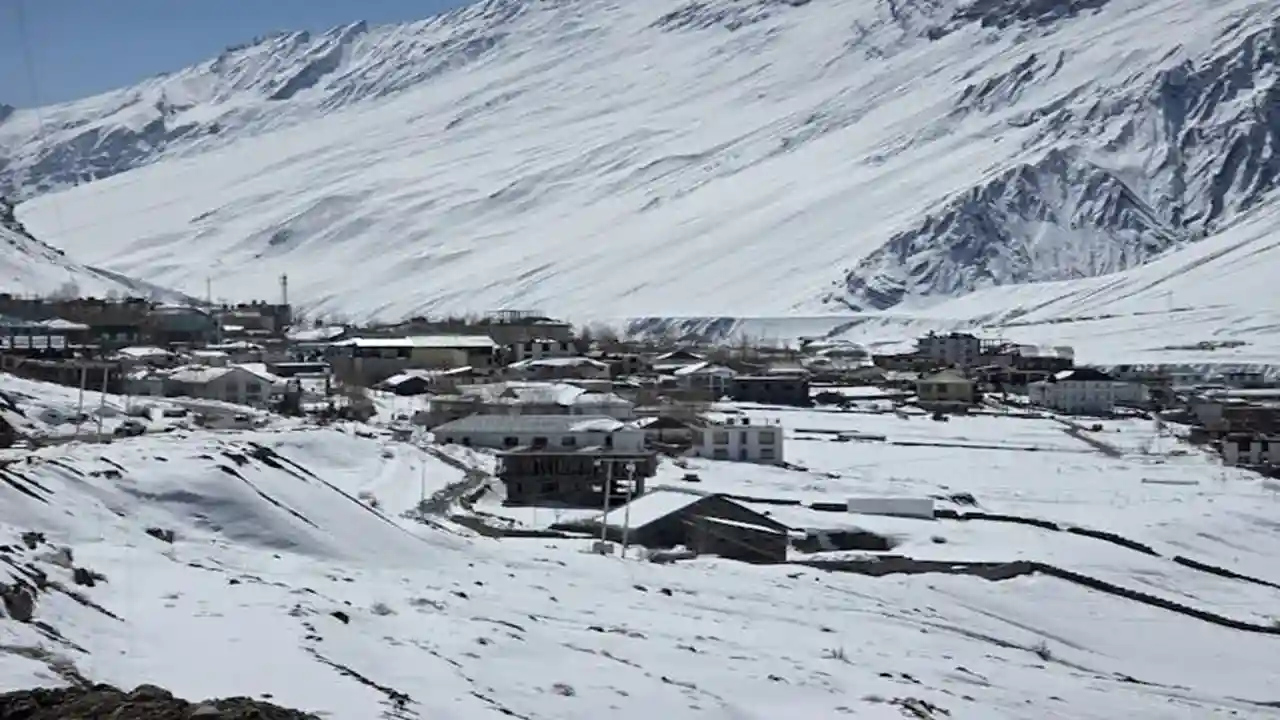
The best time to visit Spiti Valley cold desert will be based on the type of experience that you want. The ideal period for road trips, sightseeing and comfortable travelling is during summer (May to October) as all major roads such as Manali to Kaza are open. The climate is favorable, clear, and has flowing rivers and open mountain roads. Spiti Valley in winter (November to March) is a rough, frozen and adventurous experience where the temperatures are below -20°C. It’s also peak time for snow leopard sightings. However, access becomes limited and only the Shimla route remains open.
April-June: Pleasant weather, accessible roads, great for first-timers
July-September: Monsoon affects the Shimla side; landslides are possible
October: Cold but stunning with fewer crowds
November-March: Harsh winter, limited access, ideal for wildlife expeditions
How to Reach Spiti Valley
Getting to Spiti Valley becomes an adventure on its own, with stunning landscapes appearing at every turn. If you're wondering how to reach Spiti Valley from Delhi or other major cities, you'll first need to reach either Shimla or Manali as your starting point. Two main routes connect you to this remote region. The Manali route takes you through dramatic mountain passes with quicker access during summer. The Shimla route stays open much longer throughout the year with smoother roads and gentler altitude gain for first-time visitors.
Route 1: Shimla - Kinnaur - Spiti (Most Reliable Route)
This route stays accessible for the longest period, making it the safer choice for most travellers. The journey takes you through beautiful Kinnaur Valley with its apple orchards, ancient villages, and changing landscapes.
Best time: March to November
Route: Shimla → Narkanda → Sangla/Kalpa → Nako → Tabo → Kaza
Distance: Approximately 410 km from Shimla to Kaza
Journey time: 12 to 14 hours with stops
Road conditions: Generally better maintained, suitable for regular vehicles
Route 2: Manali - Spiti via Rohtang & Kunzum Pass (Scenic but Seasonal)
This route offers more dramatic scenery with high mountain passes but opens only during warmer months. The road cuts through Rohtang Pass and Kunzum Pass, giving you breathtaking views of glaciers and snow peaks.
Best time: June to mid-October
Route: Manali → Rohtang Pass → Batal → Kunzum Pass → Kaza
Distance: Approximately 200 km from Manali to Kaza
Journey time: 7 to 9 hours depending on road conditions
Road conditions: Challenging terrain, recommended for experienced drivers or 4x4 vehicles
Public Transport Options
Getting to Spiti using public transport saves money but requires patience and flexibility with timing.
HRTC Buses: Government buses run from both Shimla and Manali to Kaza but with limited frequency, usually one or two buses daily during tourist season. Book tickets in advance during peak months.
Shared Taxis/Travellers: These vehicles leave when full, typically carrying 10 to 12 passengers. They cost less than private taxis and run more frequently during May to October. You can find them at main bus stands in Shimla, Manali, and Reckong Peo.
Private Taxis: Hiring a private taxi gives you maximum comfort and flexibility to stop wherever you want for photos or rest. However, expect to pay significantly more, usually ₹8,000 to ₹15,000 depending on the route and vehicle type.
Travel Tips for a Spiti Valley Trip
Travelling to Spiti Valley requires planning. The altitude, remote terrain and harsh climate make preparation essential. The journey demands patience, planning as well as the right mindset but the reward is extraordinary: quiet villages, ancient monasteries along with untouched Himalayan beauty. With thoughtful planning, your trip becomes smooth, safe and truly unforgettable.
Acclimatise Properly: Spend a day in Kalpa, Manali, or Reckong Peo to adjust to the altitude
Stay Hydrated: Drink water regularly to avoid dehydration and altitude sickness
Carry Cash: ATMs are rare and often non-functional - especially in remote areas
Pack in Layers: Weather changes fast - warm days, freezing nights
Keep Medicines Ready: AMS tablets, pain relievers, motion sickness tablets and first-aid are musts
Download Offline Maps: Network is patchy; Google Maps and payment apps should work offline
Avoid Overexertion on Day One: Walk slow, eat light, rest well
Travel in a Sturdy Vehicle: Prefer 4x4 SUVs or reliable cars suited for rugged roads
Respect Local Culture: Monasteries and villages value silence, modest dressing and mindful behaviour
Travel During Safe Months: May-October is ideal; winters are only for experienced travellers.
Conclusion
Spiti Valley is an experience that one cannot forget even after visiting. The Spiti Valley Cold Desert is a beautiful place with the most unmatched beauty and cultural heritage, both in terms of ancient monasteries which are located on steep cliffs and the villages that seem like they can restore the peace of your mind. Its recognition as India’s first High-Altitude Cold Desert Biosphere Reserve has not only brought global spotlight but also strengthened its role in conservation, research, and sustainable tourism. As you explore Spiti responsibly, you become part of a bigger story. So pack your bags and get ready to explore India’s first cold desert biosphere reserve like never before
